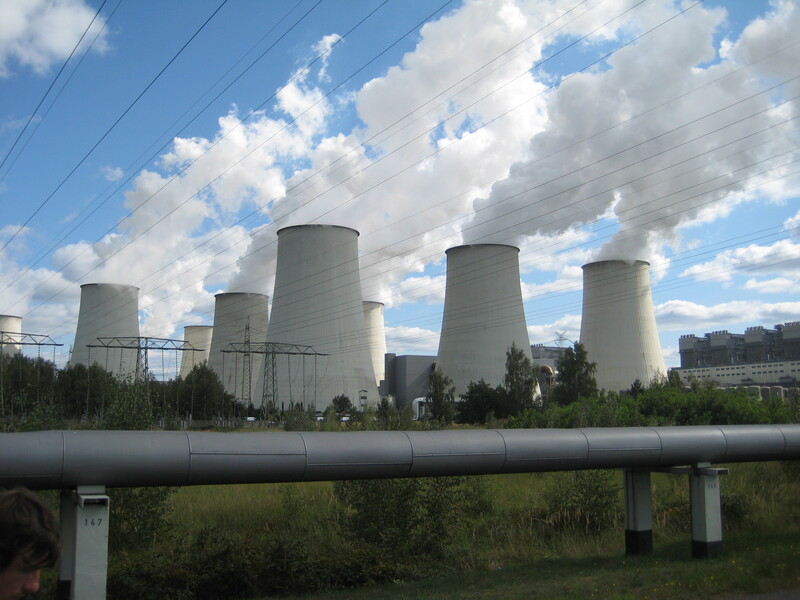The Challenges of Decarbonizing Everything
Hanno Böck - https://hboeck.de/
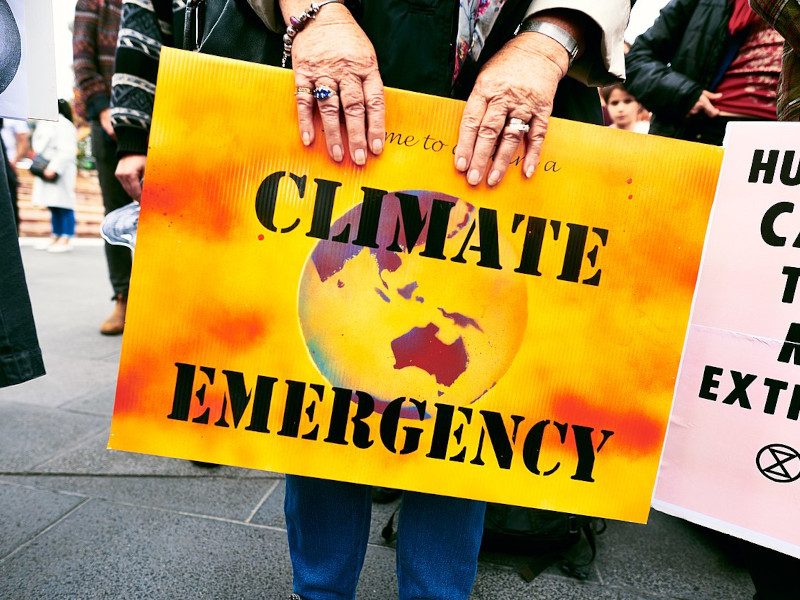
We need to stop greenhouse gas emissions
When people talk about tackling greenhouse gas emissions they usually think about something like this

|
||
| ↙️ | ⬇️ | ↘️ |
 |
 |
 |
The good news is:
This helps a lot
The bad news is:
This was the easy part
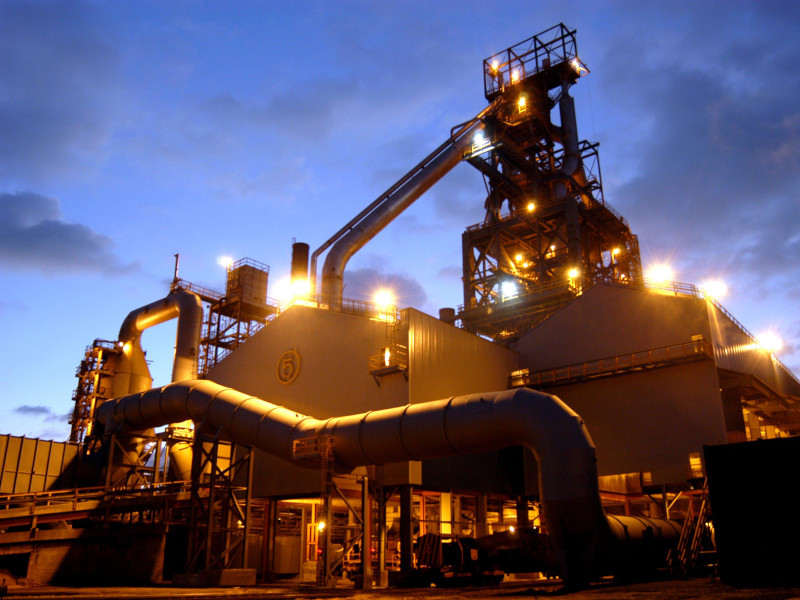
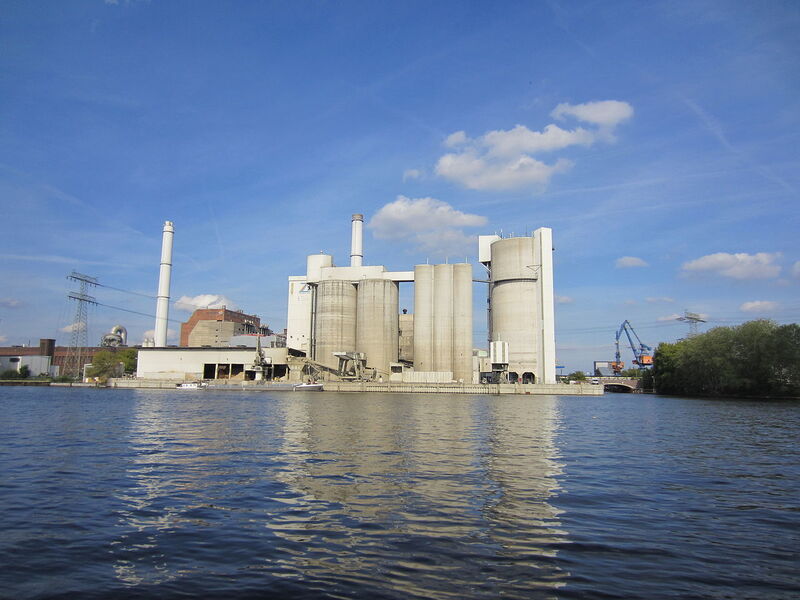


Plan for a climate neutral economy:
1. Make electricity clean
2. Electrify everything
World Electricity Production 2018
~26 PWh/y
🌍⚡
Electricity Production Today
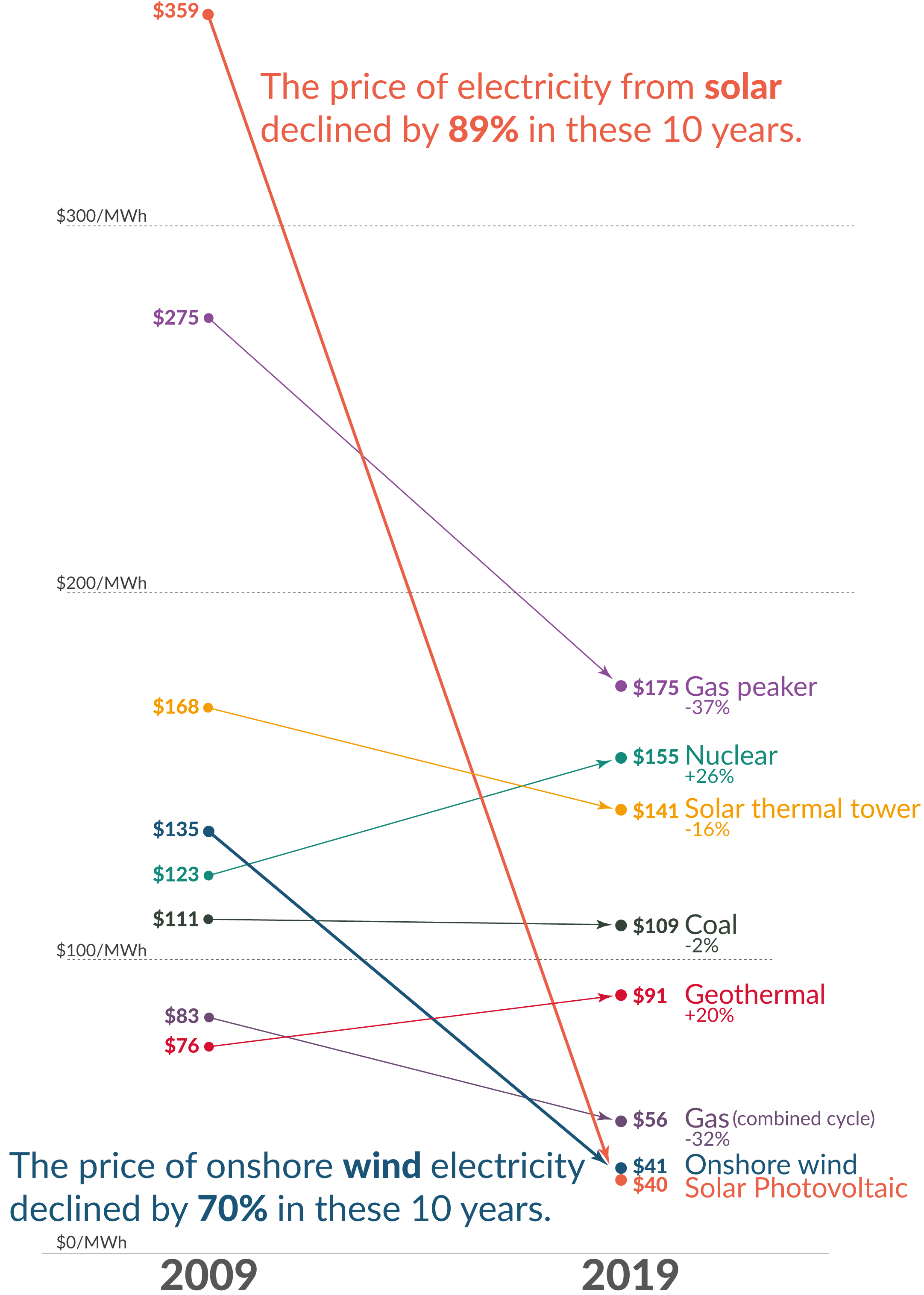
Cleaning up the electricity sector is still a huge task, but it is mostly clear how to do it
But there are more challenges ahead
Steel

Steel is responsible for around 7% of worldwide carbon dioxide emissions and it is usually produced using coal
These are not simply energy emissions, it is the chemical process in a steel blast furnace that is causing carbon dioxide
Blast Furnace
In: Carbon, Iron Oxide
Out: CO2, Iron
Direct Reduced Iron with Hydrogen
Some steel plants already use Natural Gas with a technology called Direct Reduction
Using Hydrogen instead of Natural Gas is only a small change
SSAB, LKAB and Vattenfall
"The goal is for the entire company to be fossil-free by 2045 at the latest"
Particularly in Europe there is lot of momentum in hydrogen-based steel right now
Electricity needed for today's world steel production capacity with hydrogen
~6 PWh
23% 🌍⚡
Hydrogen
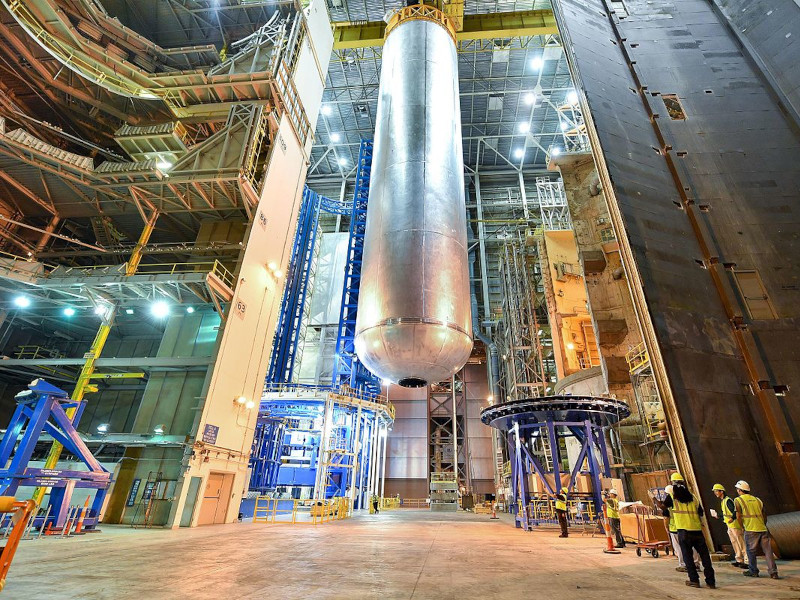
Hydrogen is a promising option for many sectors, but it is currently also a big source of emissions
Today 70 Million tons of pure hydrogen and 45 Million tons mixed with other gases are used by the industry, and it usually comes from fossil fuels
Two sectors use almost all of the pure hydrogen produced today:
Ammonia production (for fertilizers)
Oil refineries
Most hydrogen is produced via steam methane reforming from natural gas
(+ some coal, oil and byproduct)
Hydrogen production is responsible for 830 Million tons of carbon dioxide per year
~2% of worldwide CO2 emissions
There are also methane emissions from natural gas leakage
Before hydrogen production can be a climate solution it needs to be cleaned up
Electrolysis
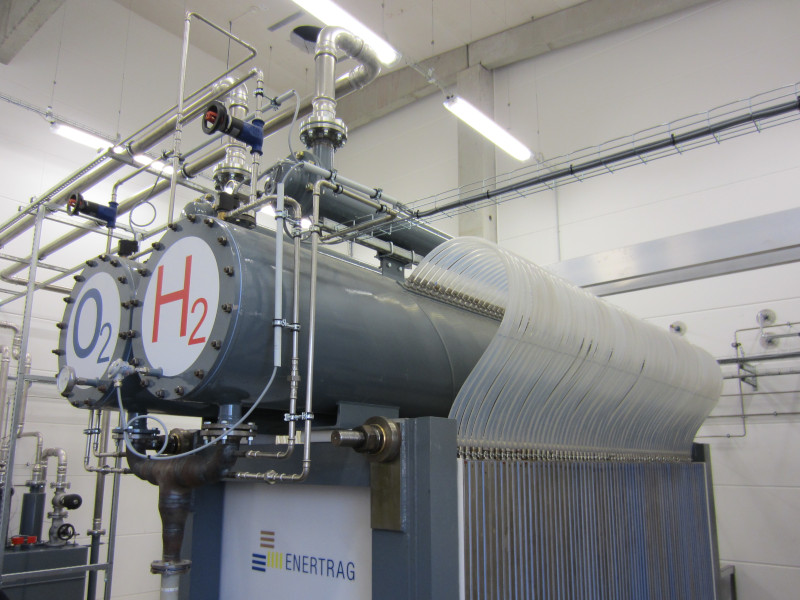
There are proposals for cleaner hydrogen production from Natural Gas using CCS (Carbon Capture and Storage) or Pyrolysis (breaking Methane into Carbon and Hydrogen), but they likely provide no path to zero emissions
Electrolysis is promising, but currently the hydrogen production from electrolysis is tiny
Electricity needed to switch hydrogen production today to electrolysis:
3.6 PWh/y
14% 🌍⚡
Aviation

Aviation fuel is responsible for 2 percent of worldwide CO2 emissions, but that's not the whole story

Aviation climate impact between 3% and 7%
This is a massive uncertainty
The biggest sources of uncertainty are the effects of water vapor emissions
How can aviation become climate friendly?
It's difficult
Batteries
Norway's Avinor plans to have battery-powered planes with 350 - 400 kilometers reach and space for 19 passengers in 2030
The battery weight will likely limit range and size of battery-powered planes
Hydrogen
Airbus recently announced plans to build planes with ranges up to 3.000 kilometers
(Not enough for a transatlantic flight)
Fuel cells or gas-turbine (or both)
What does a hydrogen-powered plane mean for the climate?
If you burn hydrogen or use it in a fuel cell you get water
Hydrogen planes will increase water vapor emissions (Clean Sky: 150%), and we have no idea how big the climate effects are
It might be possible to store the water, but that is very speculative
E-Fuels
Use electricity to turn CO2 and hydrogen into hydrocarbons
Advantage: This requires almost no changes to the plane
This is very inefficient and needs a lot of electricity
The Clean Sky research project calculated several scenarios for a combined hydrogen and E-Fuels aviation industry in 2050
E-Fuels only: 32 PWh/year
E-Fuels and Hydrogen: between 21 and 28 PWh/year
Aviation with hydrogen and E-Fuels in 2050
~1 🌍⚡
They assume a 4% per year growth rate, which means an aviation industry in 2050 three times as large as today
It is probably worth discussing whether that is a good idea
Chemicals

Almost every product we use today contains chemicals made from oil or natural gas
Emissions from Petrochemicals
| Before | After |
| Drilling, Refinery | Landfill, Waste Incinerator, N2O from Fertilizers |
Power-to-X
Take CO2 from the air, take hydrogen from electrolysis, create all the chemicals we need
In a study two scenarios for a chemical industry with Carbon Capture and Use (CCU) technology in 2030 were calculated
18 - 32 PWh / year
~1 🌍⚡
Cement

CaCO3 ➡ CaO + CO2
This creates around 5% of worldwide CO2 emissions
(Overall cement emissions are 8%, though a part of it is reabsorbed over the lifetime of the cement)
There is no technology with a perspective of bringing down cement emissions close to zero
The only option is to capture the CO2
CCS
Carbon Capture and Storage
A few days ago HeidelbergCement announced that they want to build a CCS facility at a cement plant in Brevik, Norway, with a 50% capture rate
HeidelbergCement to install the world's first full-scale CCS facility in a cement plant, 2020
CCS has been proposed as a climate solution for many years, but it has not been very successful
CCS has been used as an excuse for continued fossil fuel use
Most of the existing CCS projects do enhanced oil recovery and this is extremely problematic
CCS is problematic, but for Cement there isn't really any alternative
Other hard to decarbonize sectors

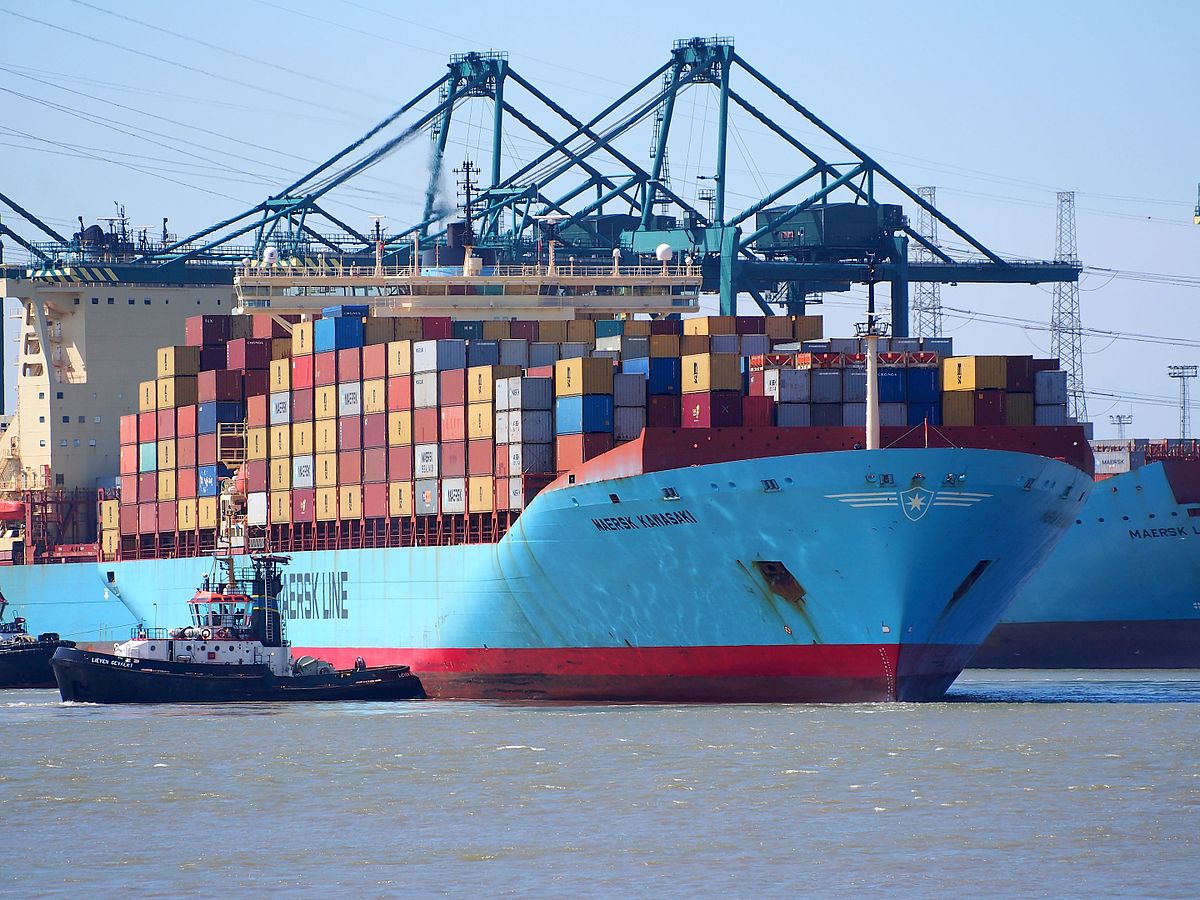


Negative Emissions
Many ambitious climate scenarios assume negative emissions in the future
Renaturation can help, but has limits
Direct Air Capture and CCS
Get CO2 from the air and store it underground
A study published in Nature Communications calculated that DAC could need around 83 PWh in 2100
~3 🌍⚡
Conclusions
This is going to be challenging
Many technologies needed are in very early stages
It will require a lot of electricity
🌍⚡🌍⚡🌍⚡🌍⚡🌍⚡🌍⚡
A few thoughts about how to proceed
Build lots of wind and solar
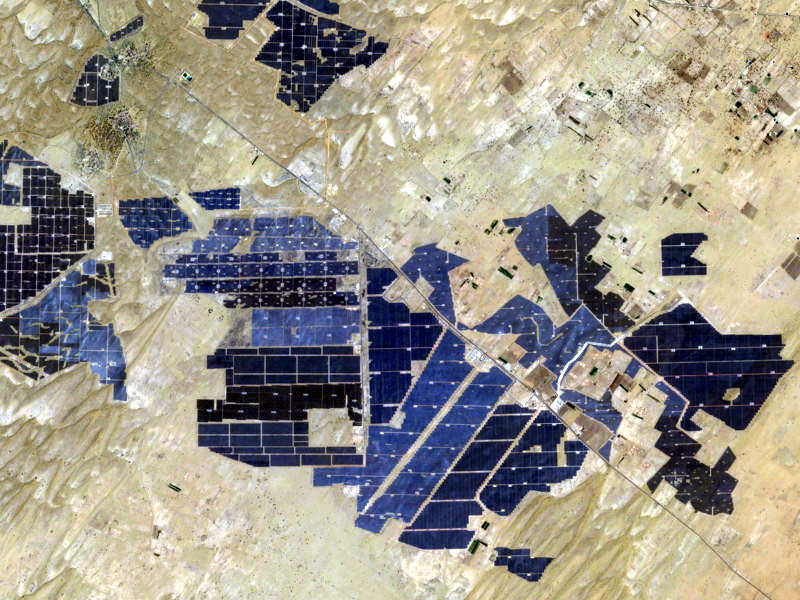
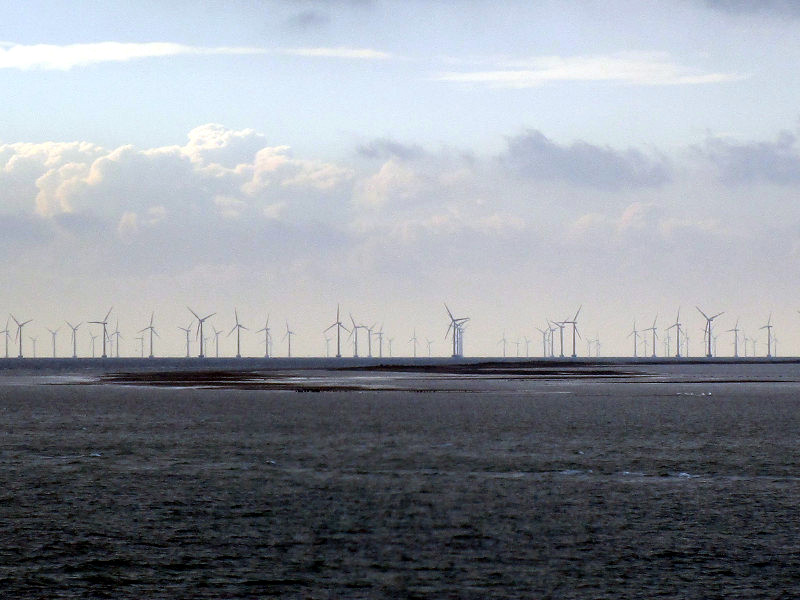
Developing and deploying low carbon technologies in all sectors should have started years ago and needs to start now
Focus should not be modest improvements of existing technology, but breakthrough technologies that can reach zero emissions
Cheap Solar and Wind is the one thing that looks very promising, but we need similar developments with other key technologies like electrolyseurs
In some sectors keeping current demand already looks challenging and projected growth almost infeasible
In particularly challenging sectors like long distance flights we should talk about limiting or shrinking them
